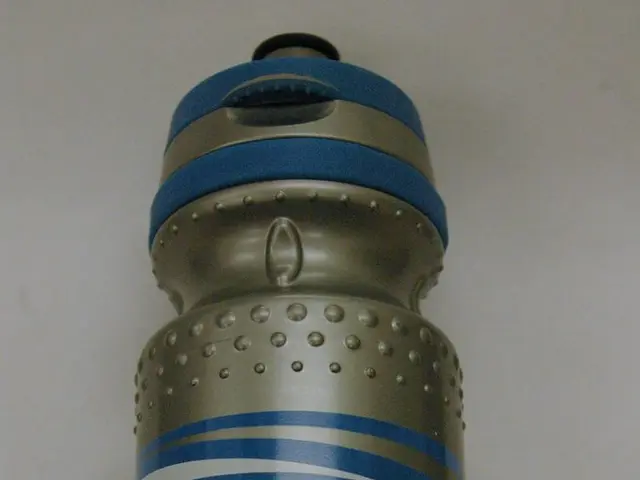Revolutionary Vaccine ciVAX Shows 91% Protection Against Deadly Bacterial Infections
A groundbreaking vaccine, ciVAX, has shown remarkable promise in protecting against deadly bacterial infections, including sepsis. Developed by a multidisciplinary team at Harvard's Wyss Institute and the University of Freiburg, this innovative vaccine could revolutionize the fight against antibiotic-resistant pathogens. ciVAX vaccines combine pathogen capture and biomaterial scaffold technologies. In tests, they protected mice against lethal attacks from antibiotic-resistant E. coli strains, with a 91% survival rate compared to just 9% in unvaccinated controls. Notably, ciVAX also demonstrated cross-protection against different E. coli strains using a ring vaccination protocol. In a pig model, ciVAX prevented sepsis development in all vaccinated animals, while unvaccinated pigs succumbed to severe sepsis within 12 hours. The vaccine works by reprogramming the immune system to recognize and combat pathogens when injected or implanted under the skin. The ciVAX approach addresses the growing challenge of drug-resistant microbial infections, epidemic outbreaks, and biothreats. According to the CDC, at least 1.7 million Americans develop sepsis each year, with nearly 270,000 deaths and 1 in 3 hospital deaths resulting from sepsis. The successful development and testing of ciVAX vaccines offer hope in the battle against deadly bacterial infections and sepsis. Further research and clinical trials are needed to confirm these promising results and pave the way for potential widespread use.
Read also:
- Mobility Sparks Unseen Organ: Surprisingly Active During Physical Activity
- Early Onset Puberty: Its Definition, Triggers, Risks, and Managing Strategies
- "Satanic Worship Owns the Spotlight in America: QAnon Spurring Modern Day Satanic Panic"
- Vaccine Deployment Amidst Adversity: HPV Inoculations Commence in Flood-Hit Regions Spite of Widespread Resistance from Society








